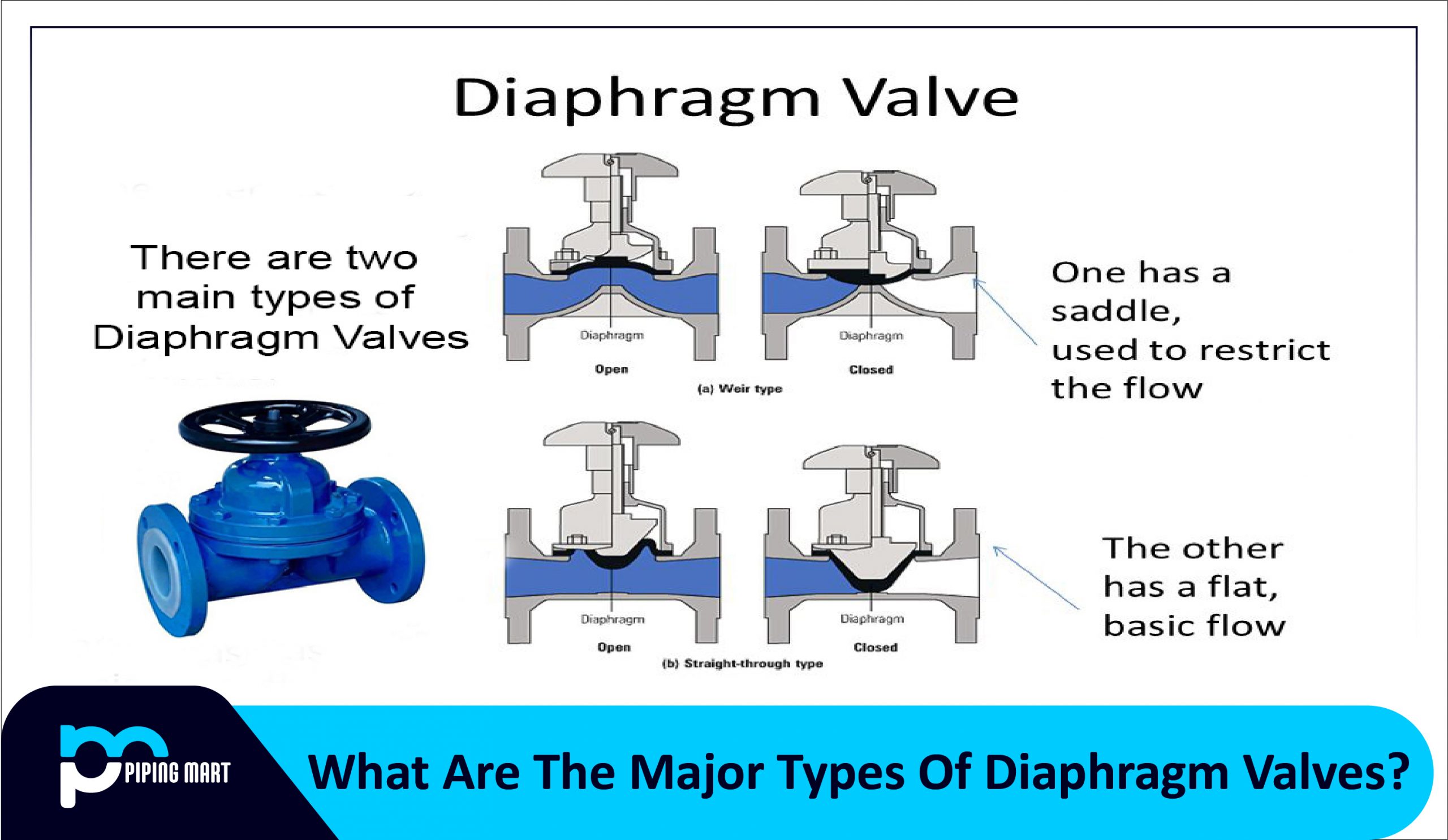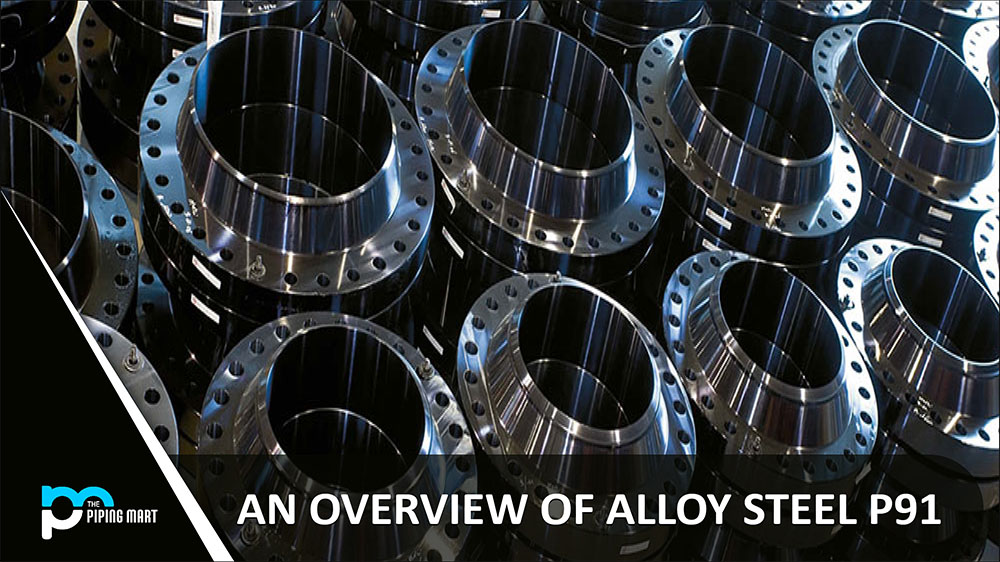How are forged fittings identified? Forged fittings are two types of pipe fittings (socket weld and threaded) used in small bore pipes and piping systems (generally below 4 inches in diameter for Class 3000, and below 2 inches for fittings in classes 6000 and 9000). These fittings are made by forging and machining solid steel and come in a variety of types, such as elbows, tees, reducers, unions, and couplings. The ASME B16.11 specification includes oil and gas socket weld and threaded fittings. For larger pipe diameters, ASME B16.9 buttweld fittings must be used.
DIFFERENCE BETWEEN SOCKET WELD AND THREADED FITTINGS
ASME B16.11 forged fittings are manufactured with two types of end connections: socket weld and threaded.
SOCKET WELD FITTINGS
Fillet welds connect socket weld fittings to pipes, whereas threaded fittings are screwed onto the pipe.
Socket weld fittings are utilized for situations where robust and long-lasting connections are required. Socket weld fittings are extremely dependable, but they take a long time to install in a pipe system (due to the heavy workload caused by welding operations on small parts).
Socket weld fittings are available in diameters ranging from 1/8 to 4 inches and in strength classifications ranging from 2000# to 9000#.
The typical uses for socket weld fittings are:
- Steam
- Combustible liquids and gases
- Acids and potentially hazardous fluids
- Long-term service/installations
Butt Weld vs. Fillet Weld: A butt welding connection fills the gaps between two devices that are beveled at 30 degrees
THREADED FITTINGS
For less-critical pipe systems such as water distribution, fire protection, and cooling, as well as in low-pressure installations that are not susceptible to vibration, elongation, or bending pressures, threaded fittings are utilized in less-critical pipe systems. For fluids with constantly fluctuating temperatures, threaded pipe fittings are not suitable because rapid temperature fluctuations might cause the connection to break.
The two primary thread types are BSP and NPT, which are incompatible with one another:
BSP Fittings
BSP stands for “British Standard Pipe” and is split into 2 different types: BSPT (tapered) and BSPP (parallel). In this situation, the threads are at a 55° angle. In the oil and gas industries, BSP threaded fittings are less common than NPT threaded fittings.
NPT Fittings
NPT stands for “National Pipe Taper,” and it is the most widely used standard in the oil and gas industry for threaded forged fittings. The ASME B1.20.1 specification covers NPT threading, which uses 60° thread flank angles (vs. 55° for BSP threading).

Pipingmart is B2B portal specializes in industrial, metal and piping products. Also, share latest information and news related to products, materials and different types grades to help business dealing in this industry.




